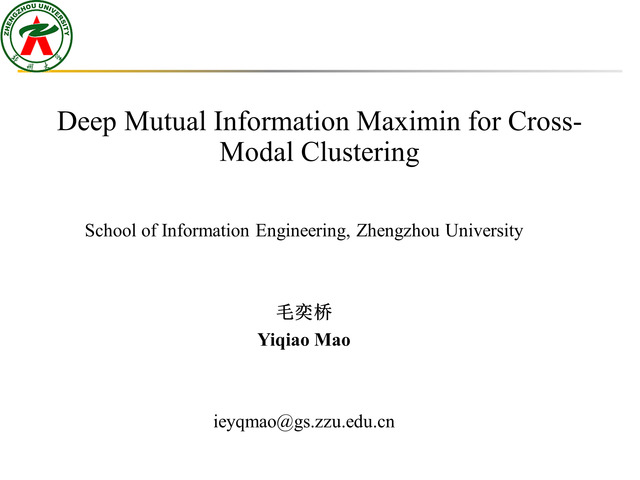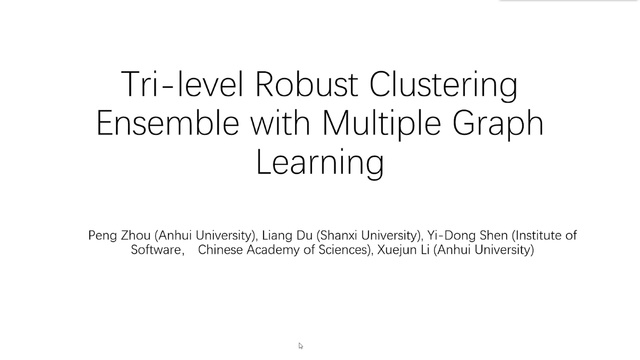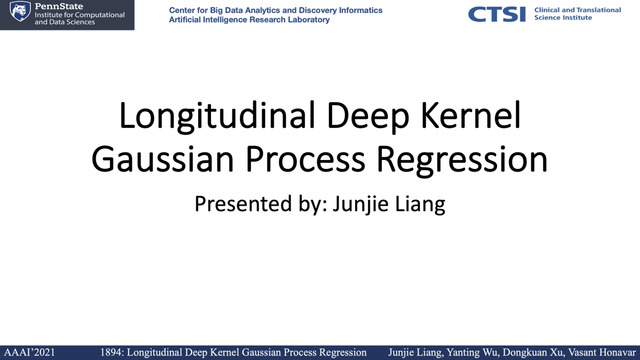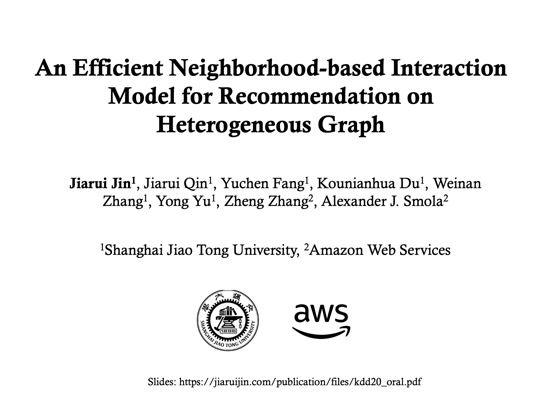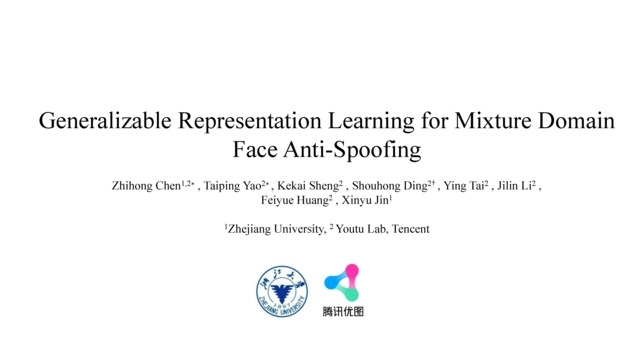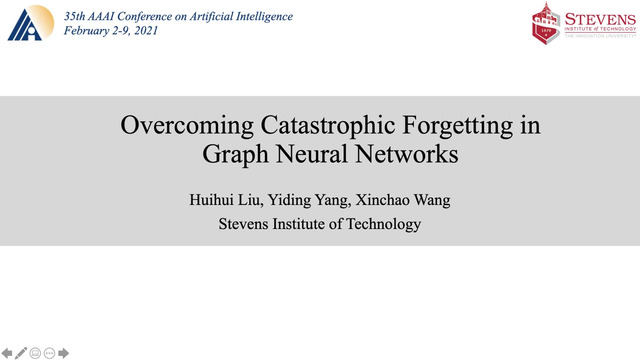Abstract:
Subspace clustering is an unsupervised clustering technique designed to cluster data that is supported on a union of linear subspaces, with each subspace defining a cluster with dimension lower than the ambient space. Many existing formulations for this problem are based on exploiting the self-expressive property of linear subspaces, where any point within a subspace can be represented as linear combination of other points within the subspace. To extend this approach to data supported on a union of non-linear manifolds, numerous studies have proposed learning an embedding of the original data using a neural network which is regularized by a self-expressive loss function on the data in the embedded space to encourage a union of linear subspaces prior on the data in the embedded space. Here we show that there are a number of potential flaws with this approach which have not been adequately addressed in prior work. In particular, we show the model formulation is often ill-posed in that it can lead to a degenerate embedding of the data, which need not correspond to a union of subspaces at all and is poorly suited for clustering. We validate our theoretical results experimentally and also repeat prior experiments reported in the literature, where we conclude that a significant portion of the previously claimed performance benefits can be attributed to an ad-hoc post processing step rather than the deep subspace clustering model.










